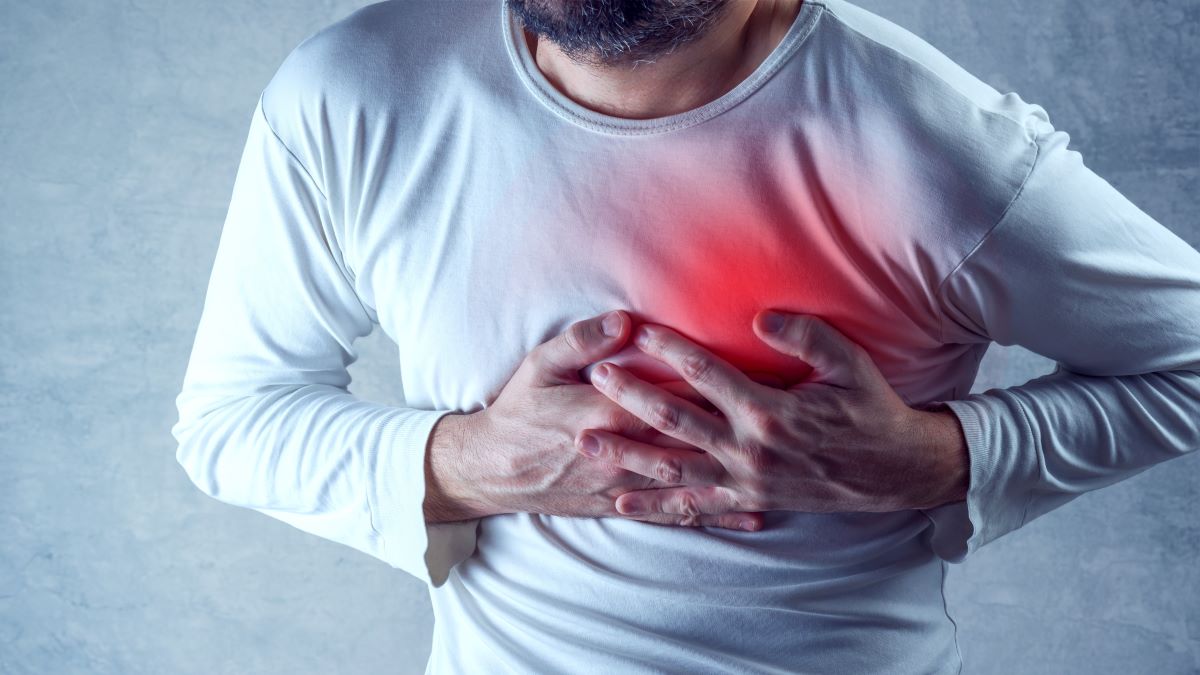Pain in the chest can take many forms: from sharp stabbing to dull aching. In some cases, the person may experience crushing or burning sensations. Chest pain can also spread to the neck up to the jaw. Alternatively, it can radiate to the arms and back.
Chest pain can be a symptom of several life-threatening conditions and is usually considered a medical emergency. Following evaluation, the doctor may determine that it is unrelated to the heart. Still, a cardiac diagnosis is usually the first to be ruled out when an individual has chest pain.
Chest pain causes
Numerous conditions may result in chest pain. The causes may include heart-related, lung-related, digestive, muscle and bone or other issues.
Heart conditions that can induce chest pain may include:
- heart attack
- aortic dissection
- angina
- pericarditis
Various lung conditions may result in chest pain. Among them are:
- pulmonary embolism
- collapsed lung
- pleurisy
- pulmonary hypertension
Chest pain may associate with digestive system issues like:
- swallowing disorders
- heartburn
- problems with gallbladder or pancreas
In some cases, injuries or other conditions affecting the chest wall structure cause painful sensations in that area. They may include:
- injured ribs
- sore muscles
- costochondritis
Chest pain can also associate with:
- shingles
- panic attack
Chest pain symptoms
Chest pain may feel in many ways depending on the underlying condition causing it. In some cases, it is not connected to heart issues. Still, it is essential to see the doctor when you notice some of the symptoms of chest pain.
Heart-related chest pain
Chest pain is often associated with heart conditions. However, people with heart diseases mention that they experience a feeling of discomfort rather than pain. A chest sensation that stems from a heart attack or another problem may feel like:
- the feeling of pressure, tightness, burning or fullness in the chest
- pain that feels as searing or crushing and spreads to the neck, jaw, back, shoulders, one or both arms
- pain that continues more than few minutes, becomes worse with activity, pain that comes and goes or has a various intensity
- cold sweats
- a feeling of dizziness or weakness
- shortness of breath
- nausea or vomiting
Chest pain unrelated to a heart condition
It is hard to tell whether the chest pain associates with a heart problem unless you see a doctor. However, the person is less likely to have heart-related chest pain when experiencing:
- swallowing difficulties
- a sour taste or a feeling of food returning to the mouth
- pain that becomes more intense upon breathing deeply or coughing
- pain that varies in intensity when you change the position of the body
- tenderness when the person pushes on the chest
- pain that continues for many hours
Sometimes it is challenging to distinguish between heart-related and unrelated chest pain by yourself. For example, heartburn characterized by pain and burning behind the breastbone may be caused by the stomach or the heart.
Chest pain – how widespread is it?
In the United States, chest pain is one of the most common conditions seen in hospital emergency departments, accounting for approximately five million patient visits annually. More than half of the patients seen for chest pain in emergency facilities are diagnosed with conditions that are not related to coronary disease. However, 1.5 million people are admitted to the hospital each year to assess chest pain or acute coronary syndrome.
It is estimated that around eight billion dollars are spent in the United States yearly to evaluate chest pain patients.
















Leave a Reply
You must be logged in to post a comment.